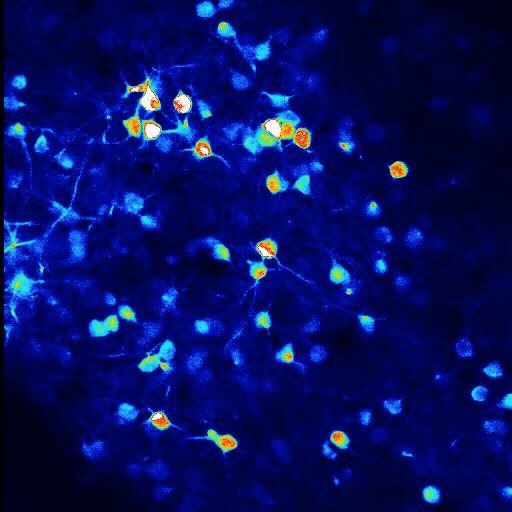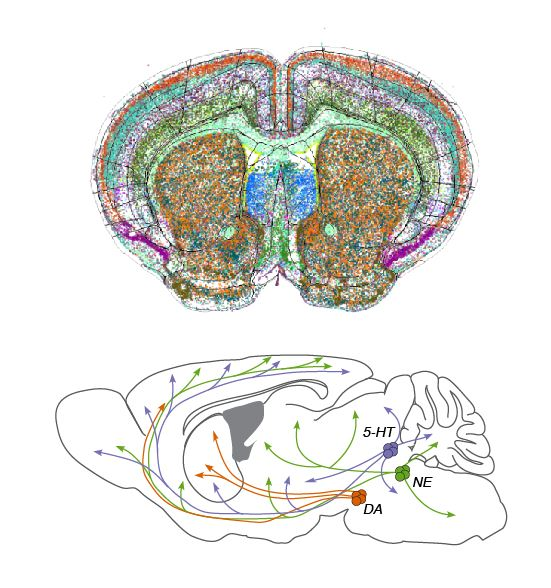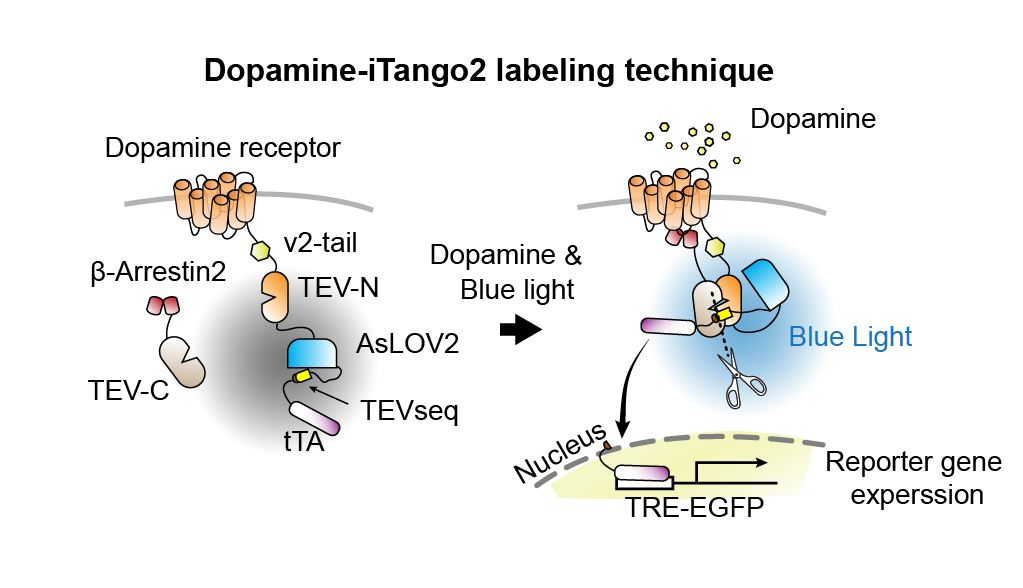Exploring neural circuits that shape adaptive behavior
Our lab aims to uncover the principles of Neurobiological Intelligence by investigating the neural dynamics of cells and circuits. We quantitatively analyze how organisms perceive their environment and internal states, encode and retrieve memories, and make flexible decisions in changing situations. By examining these adaptive processes at cellular and circuit levels, we seek a mechanistic understanding of how intelligence emerges from the biology of the brain.
1. Navigating with Memory: Circuit Mechanisms of Goal-Directed Behavior
We explore how animals navigate complex environments by leveraging past experiences. Through behaviorally grounded paradigms and neural circuit analysis, we examine how spatial memories are encoded, stored, and retrieved to guide decisions. We investigate how motivational states and goals dynamically shape memory-guided navigation at both the cellular and systems levels.

2. Real-Time Insights into Memory: Decoding Neural Dynamics In Vivo
Using advanced in vivo neurophysiological methods—including multi-color biosensor imaging, electrophysiology, and cell-type/circuit-specific manipulation—we study the real-time dynamics of memory formation and recall. Our work maps spatiotemporal signatures of memory traces and examines how these patterns adapt with learning, context, and behavioral relevance.

3. Modulators of Memory: Neuromodulatory Control of Adaptive Behavior
We investigate how neuromodulators—such as dopamine, norepinephrine, and serotonin—regulate memory circuits that support goal-directed behavior. By examining their cell-type-specific computations and state-dependent signaling, we uncover how internal states like motivation and arousal modulate neural activity to guide behavior.

4. Precision Tools for the Brain: Engineering to Dissect Memory Circuits
We develop novel optical and molecular tools to probe and manipulate memory circuits with high temporal and spatial precision. From activity/ligand-dependent labeling techniques to genetically encoded actuators, our technologies enable causal dissection of memory circuits during adaptive behavior in freely moving animals.

